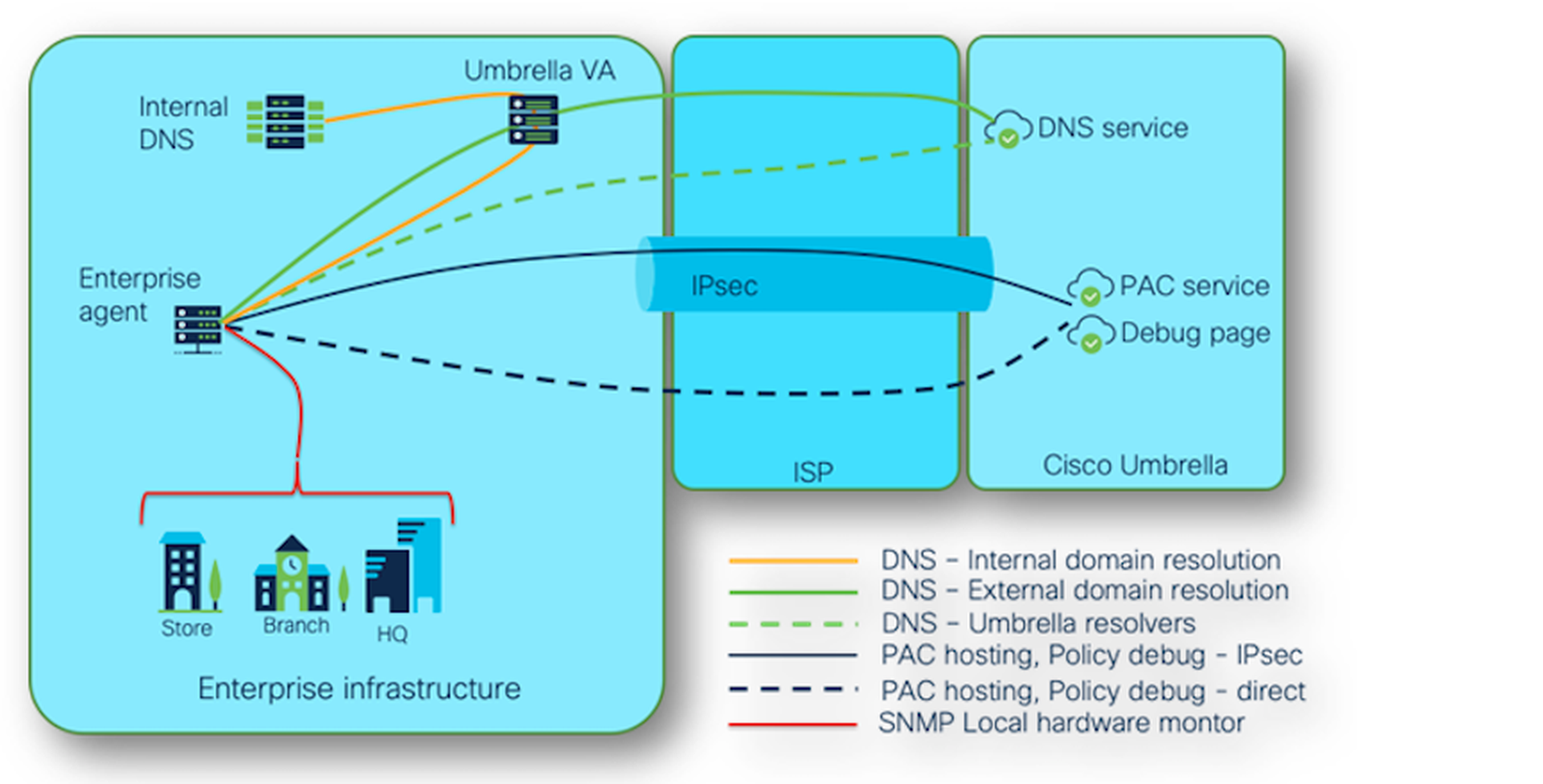With more users, devices, applications, and data located outside of the enterprise, the existing security models are falling short. The future of network security is moving to the cloud.
Secure access service edge (SASE) is a network architecture that combines WAN capabilities with cloud-native security functions like secure web gateways, cloud access security brokers, firewalls, and zero-trust network access.
Amid a global pandemic, the trend of moving the edge security controls to a cloud-delivered model has accelerated. When evaluating a SASE service, it’s important to select a vendor that not only has a proven track record in both networking and security, but also one who can provide customers with a vision for consolidation, ease of deployment, and management that will scale with your business.
When subscribing to a cloud security service, the underlying infrastructure should be equally essential to the IT security capabilities. It’s important to consider the importance of how a service is architected, built, and enhanced since it directly impacts your business, your SLA to your customers, and your own bottom line.
Performance metrics matter
That’s why we take the performance and evaluation of Cisco Umbrella seriously. Cisco Umbrella is a cloud-native security service at the heart of Cisco’s SASE architecture. It helps to simplify network security by helping your organization secure internet access and control cloud app usage across your network, branch offices, and roaming users. Umbrella unifies DNS-layer protection, secure web gateway, firewall, and cloud access security broker (CASB) functionality, to help you protect remote and roaming users, secure SD-WAN, and embrace direct internet access easily.
Transparency for the win!
We put Cisco Umbrella to the test to see how we stacked up in the area of performance. Since 2006, our cloud infrastructure has delivered a fast, secure, and reliable internet experience to more than 100 million enterprise and consumer users (and counting). Our customers reap the benefits of being truly cloud-native – high capacity and throughput, solid reliability, and agile infrastructure. And we believe transparency is key! We publish Umbrella status externally via an Enterprise Status portal, reachable either over https://status.umbrella.com or directly, using https://146.112.59.2, and we’ve been doing this since 2006.
Thousand Eyes adds personalized monitoring
Cisco recently acquired ThousandEyes, giving us an even better way to measure the performance of Cisco Umbrella. It adds a personalized monitoring viewpoint capability, along with the flexibility to correlate multiple telemetry sources and abstract this information to know the status of our global network at any time. By combining cloud and enterprise agents, endpoint agents, and internal insights, we can monitor our environment and ensure we’re delivering the best service to our customers.

Umbrella sets the bar for measuring system health
Umbrella is now able to monitor local network, local DNS services, and integration points to our service, both directly over the internet and through one of the integration methods: virtual appliance, IPsec tunnel, PAC file, or proxy chaining. We now have all the necessary information to build a single correlated view of our business services traversing Umbrella, and to be able to answer the following types of questions:
- Houston, do we have a problem?
- What is the root cause?
- Is it something local, my ISP, my Umbrella service, or a vendor that is having issues?
Umbrella publishes performance report
We’ve published a technical paper that explains not only how Cisco Umbrella measures its performance, but how it stacks up. This will be the first of many reports that we’ll be sharing in the coming months to demonstrate our commitment to networking performance, security efficacy, and supporting your users. Wouldn’t you like a single dashboard that gives you this type of information about your system’s health?

Since the data center is no longer the hub, more focus must be placed on our end users, and these users must be treated almost like a “branch office of one.” This means regardless of where users work, a seamless, secure, and consistent connection to applications, without latency, is needed. When selecting a cloud security service, it’s important to place an emphasis on network performance. Users’ devices create multiple simultaneous connections each time they access a website. Establishing a fast connection, without delay, is critical.
If you’re looking for a way to simplify security, improve performance and start your journey to SASE, check out our detailed report, “Cisco Umbrella Performance: Why the middle mile makes all the difference.”
Author Marko Tanaskovic is technical solutions architect, cloud security at Cisco Umbrella. Read more guest blogs from Cisco here.




